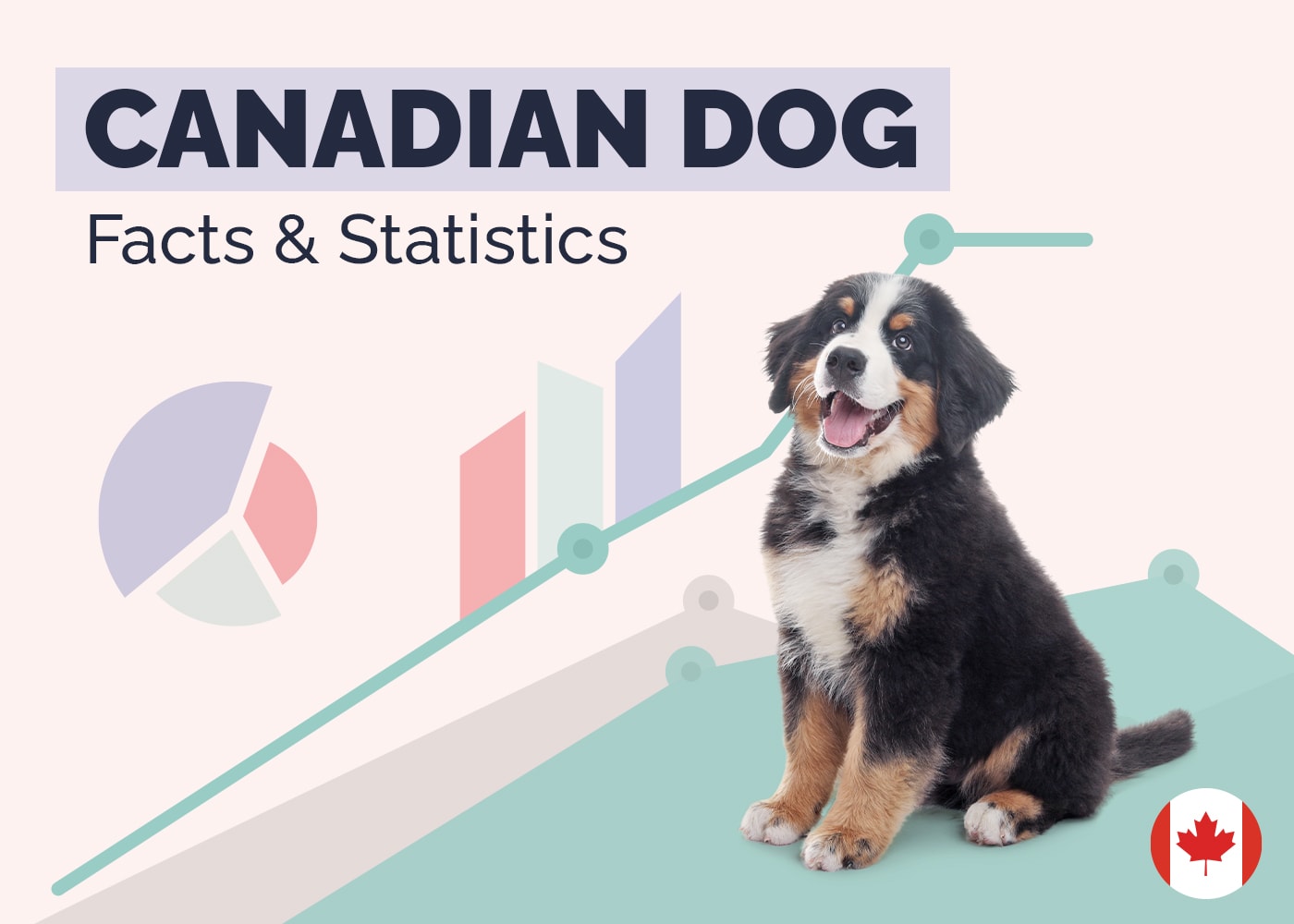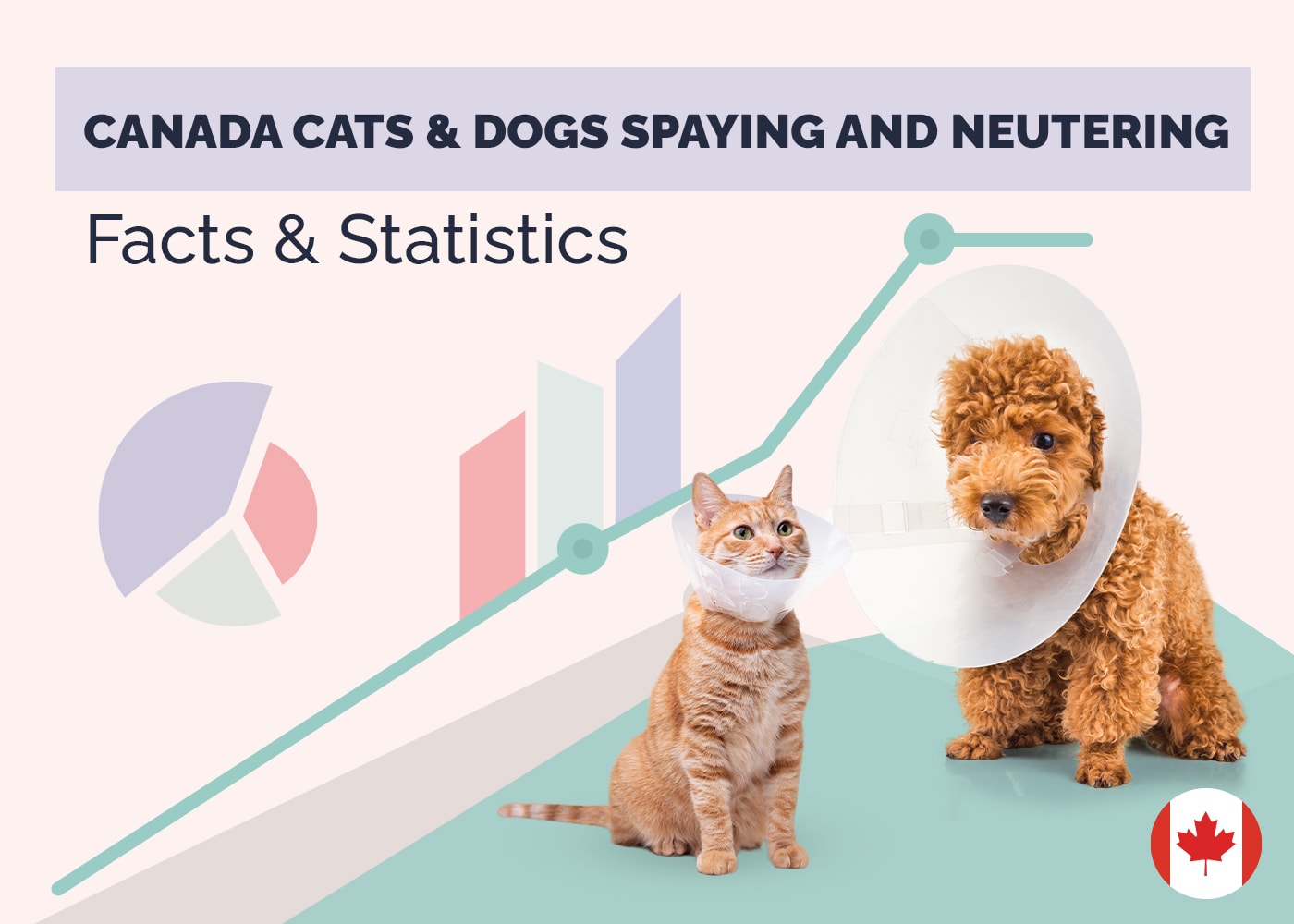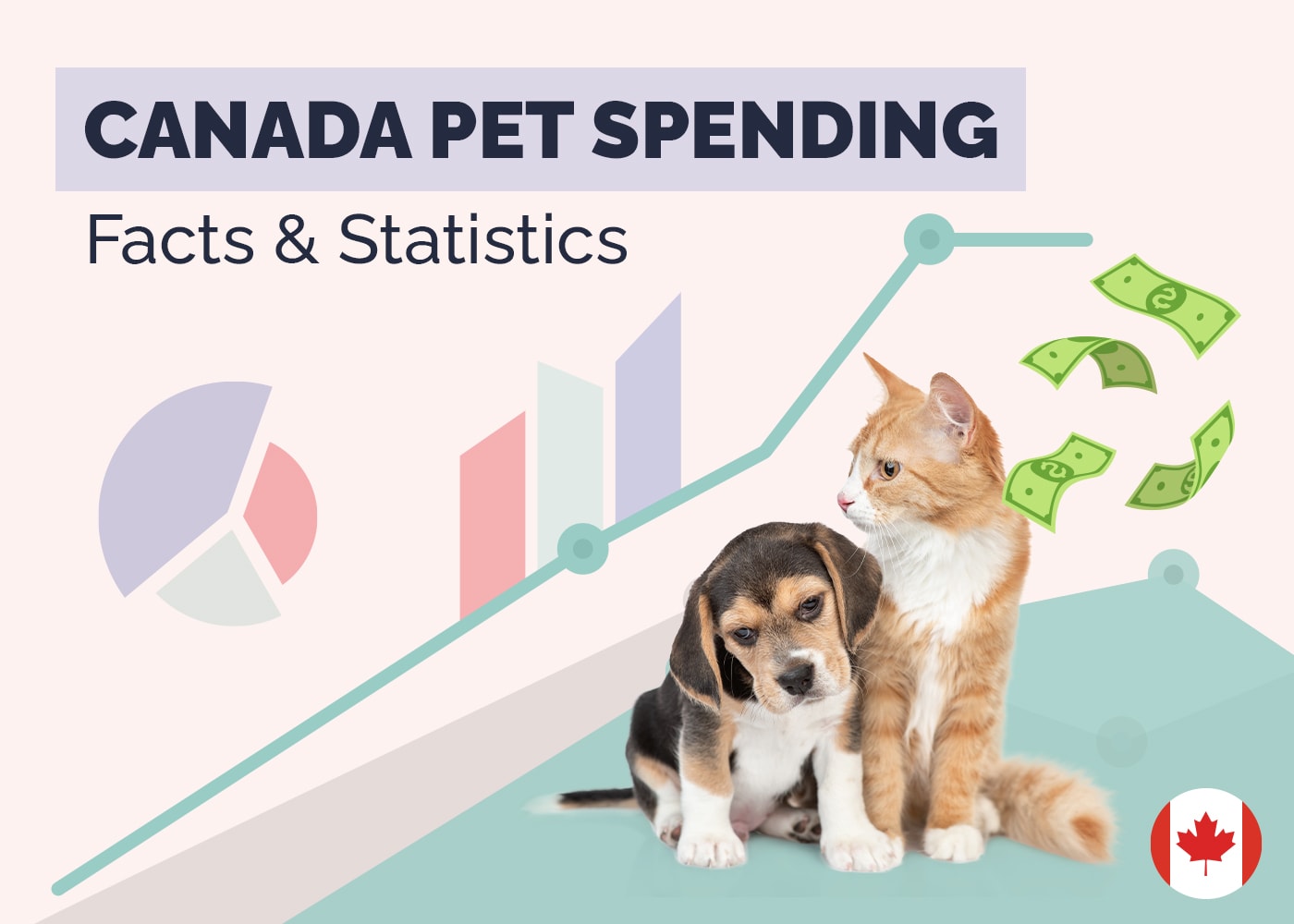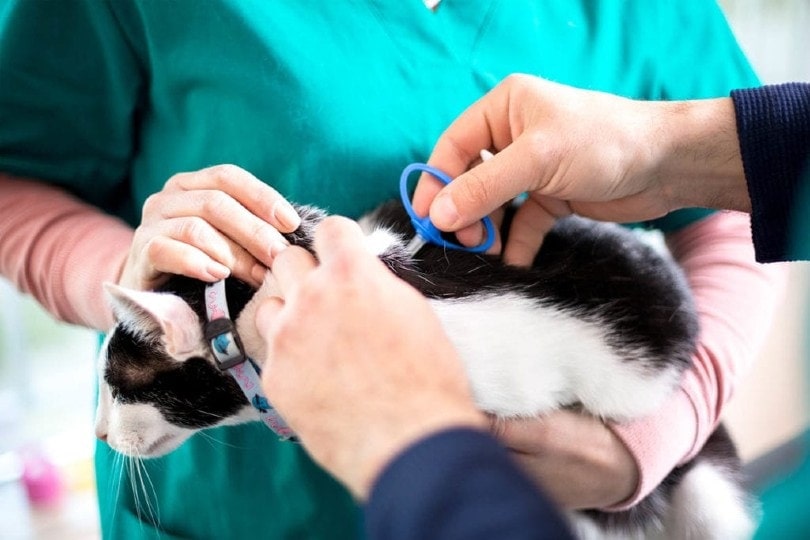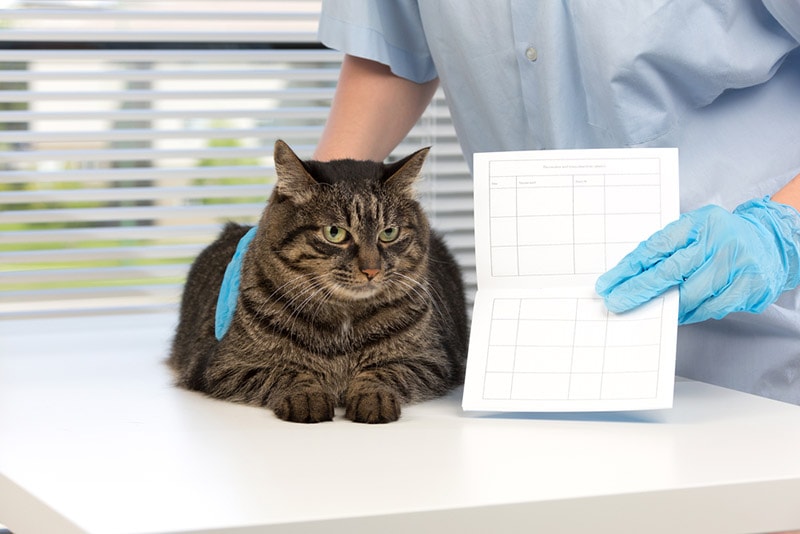10 Incredible Canada Pet Ownership Statistics & Facts: 2024 Update
Updated on
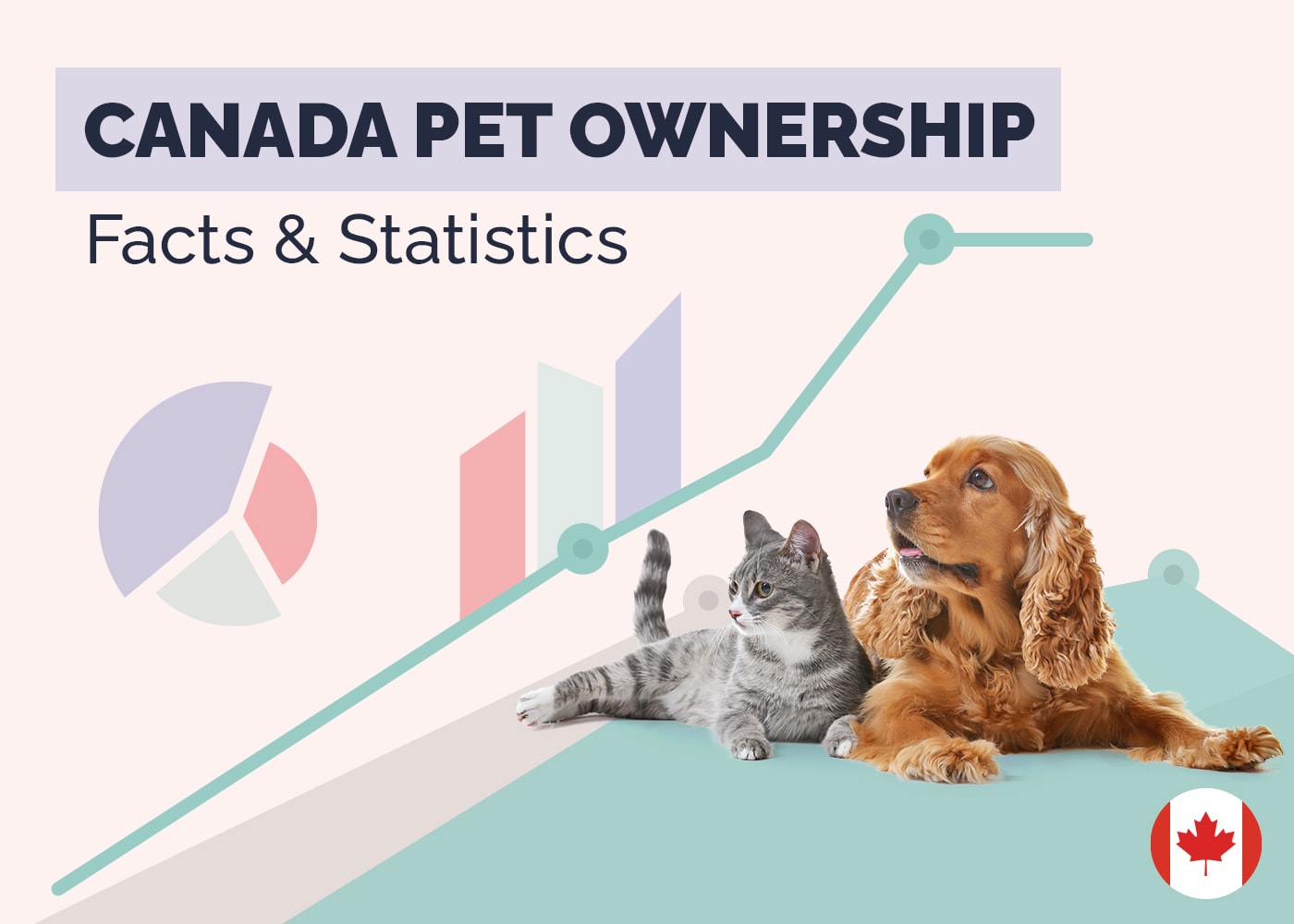
Click to Skip Ahead
Note: This article’s statistics come from third-party sources and do not represent the opinions of this website.
Canadians love their pets and that’s not about to change. According to recent surveys, the percentage of Canadian households owning a pet has been steadily increasing since the beginning of the COVID-19 pandemic. This article examines the latest statistics on pet ownership in Canada to give you a better idea of the size of the market for four-legged, feathered, and scaly companions.
Top 10 Canada Pet Ownership Statistics
- More than half of Canadian households (60%) own at least one dog or cat.
- There are approximately 7.9 million dogs and 8.5 million cats in Canada.
- Pet ownership is the highest in Quebec, where about 65% of households own at least one animal.
- Dog owners spent about $1,200 on food in 2022, compared to $576 for cat owners.
- More than a quarter (26%) of Canadian pet owners are willing to spend more on foods that provide additional health and wellness benefits.
- The Canadian pet food market is expected to reach US$4.56 billion by 2027.
- Around 3% of Canadians have pet insurance.
- In 2022, Canadian pet owners spent an average of $1,290 on veterinary costs for their cats and $1,500 for their dogs.
- The most common medical conditions claimed are urinary tract infections in cats and ear infections in dogs.
- Nearly one in five pet owners wanted or needed preventative care for their pet during 2022 but were unable to access it.
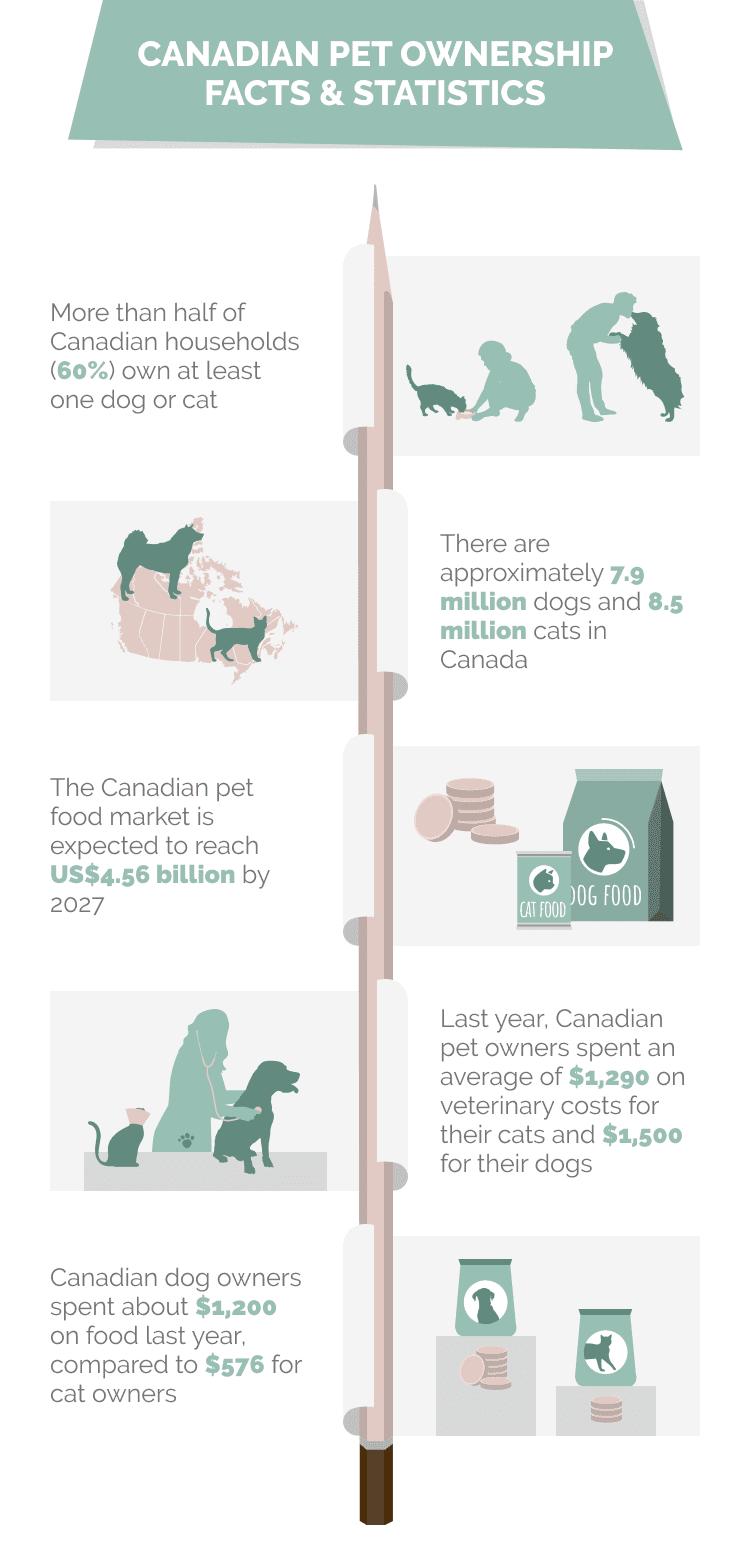
Trends in Pet Ownership in Canada
1. More than half of Canadian households (60%) own at least one dog or cat.
(CAHI)
Results from the Canadian Animal Health Institute 2022 survey of 4,000 Canadian households demonstrated that pet ownership in Canada has increased throughout the pandemic, with 60% of households reporting owning at least a cat or a dog.

2. There are approximately 7.9 million dogs and 8.5 million cats in Canada.
(CAHI)
In 2 years, the number of four-legged friends in Canada has increased from 7.7 million to 7.9 million for dogs and from 8.1 million to 8.5 million for cats. This is not surprising, considering that pets provide many mental health benefits to their owners. The COVID-19 pandemic has highlighted the need for these special bonds, as there was a sharp increase in the number of pets from 2020 to 2022.
3. Pet ownership is the highest in Quebec, where about 65% of households own at least one animal.
(Statista)
Quebec is the Canadian province with the most households owning at least one pet, followed closely by the Maritime provinces (64%) and Ontario (56%). About half of households in the Prairie provinces (Manitoba, Saskatchewan, and Alberta) and British Columbia have a pet (47%, 50%, and 49%, respectively).

Canada’s Booming Pet Food Industry
4. Dog owners spent about $1,200 on food in 2022, compared to $576 for cat owners.
(Statista)
The largest portion of Canadian dog owners’ budget is allocated to food, followed by pet insurance and dental care. It’s the opposite for cat owners, who spend more annually on dental cleaning and pet insurance, while food comes third.
5. More than a quarter (26%) of Canadian pet owners are willing to spend more on foods that provide additional health and wellness benefits.
(Packaged Facts)
The high importance that Canadian pet owners place on their companions translates into an increased willingness to purchase value-added products. Therefore, since the pandemic, pet owners have become more inclined to buy dog and cat food that provides additional benefits for the health and well-being of their pets.
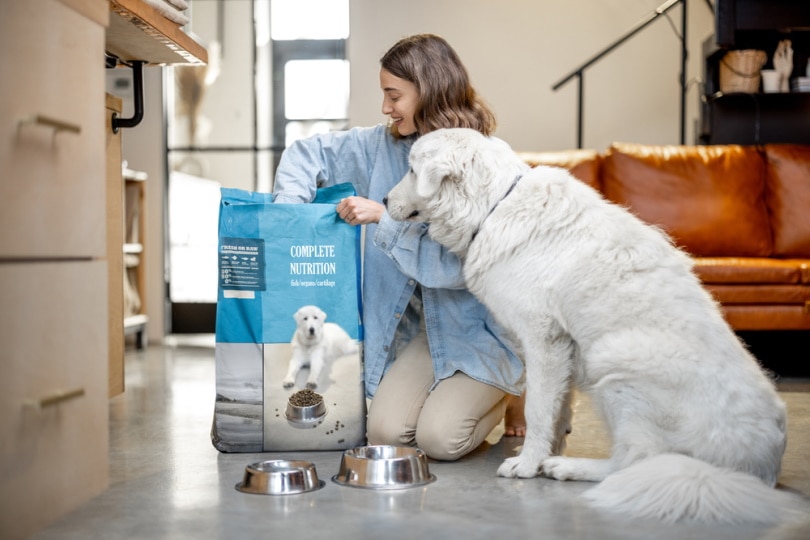
6. The Canadian pet food market is expected to reach US$4.56 billion by 2027.
(Research and Markets)
The Canadian pet food market is primarily focused on in-store retail sales, while the rest of the sales occur online and at veterinary clinics.
Cat and dog food constitute the largest share of the pet food market in Canada, which makes sense considering the lesser popularity of other types of pets (birds, fish, rodents, exotic animals).
Pet Wellness Statistics in Canada
7. Around 3% of Canadians have pet insurance.
(PHI Direct)
Of 16.5 million dogs and cats in Canada, only around 3% of owners have pet insurance. This may be because many pet owners are reluctant to deal with insurance companies due to their sometimes confusing policies. That’s why experts say that you need to do your research before buying pet insurance and be fully aware of what’s covered and what isn’t. Otherwise, you could end up paying thousands of dollars in unexpected vet bills or spending extra money on inadequate premiums.

8. In 2022, Canadian pet owners spent an average of $1,290 on veterinary costs for their cats and $1,500 for their dogs.
(Statista)
These costs include dental cleaning, routine exams, vaccines, blood work, parasite prevention, and fecal exams.
9. The most common medical conditions claimed are urinary tract infections in cats and ear infections in dogs.
(NAPHIA)
According to the North American Pet Health Insurance Association, cat owners make the most claims for urinary tract infections, followed by diabetes and gastroenteritis. In dogs, ear infections come first, followed by gastroenteritis and diarrhea.
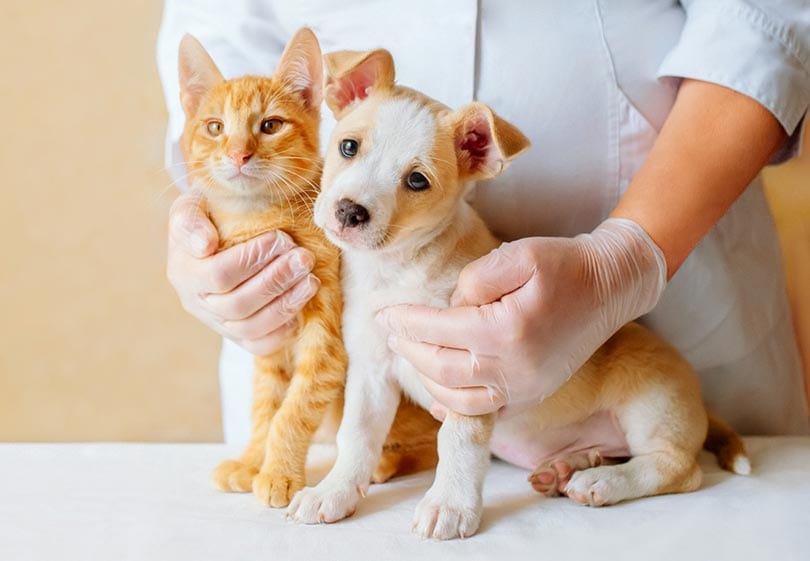
10. Nearly one in five pet owners wanted or needed preventative care for their pet during 2022 but were unable to access it.
(Canadian Pet Market Survey 2022)
Preventive care aims to prevent and protect against diseases that could have serious consequences on the health of company animals. Routine care, vaccinations, heartworm medication, and flea control are examples of essential preventative care for dogs and cats. Despite this, nearly one in five Canadian pet owners have been unable to access them due to cost or the inability to get an appointment with a veterinarian.
Frequently Asked Questions About Canada Pet Ownership
What is the average annual cost of owning a dog and a cat in Canada?
The annual cost of owning a dog in Canada in 2022 was around $4,000, while owning a cat was $2,800. (Statista)
How big is the pet care industry in Canada?
The market size of the pet care industry (like grooming and boarding) in Canada was $727.4 million in 2022. However, this is a far cry from the market size of pet stores, which was valued at around $3.4 billion in 2022. (IBIS World)
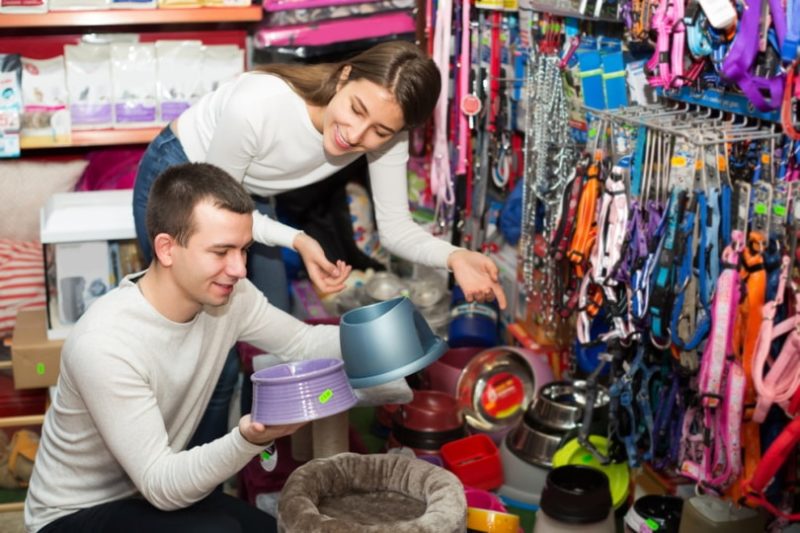
Which pets are the most popular in Canada?
After cats, dogs, and fish, there are three other species of pets that Canadians prefer: birds (especially parakeets), small mammals (hamsters, guinea pigs, etc.), and reptiles (lizards, turtles, etc.). (Agriculture Canada)
How many pets are adopted each year in Canada?
Each year, more than 100,000 cats and dogs are in need of adoption across Canada. (National Post)
However, according to Humane Canada’s survey of humane societies and SPCAs, approximately 50% of cats admitted to shelters are adopted and 70% of admitted dogs. This data is encouraging and shows that more and more Canadians are turning to adoption when welcoming a new friend into their home. (Humane Canada)
Final Thoughts
In Canada, people have been adopting furry friends for hundreds of years (The Canadian Encyclopedia). The latest pet ownership statistics show that this trend is likely to continue as the number of households with pets increases year over year.
In fact, the pet industry is one of the few that has shown (even modest) growth during the pandemic. The increased isolation and loneliness during home office time have helped to strengthen our bond with our beloved pets.
However, pandemic or not, the trend had already been on the rise for a few years in Canada, which is further proof that Canadians could not live without their two, four, or even eight-legged companions!
See Also:
- Shocking Canadian Pet Industry Statistics & Facts
- Incredible Canadian Pet Insurance Statistics & Facts
Featured Image Credit: Reshetnikov_art, Shutterstock



